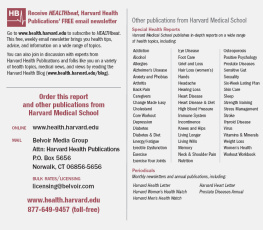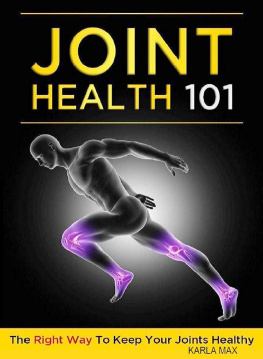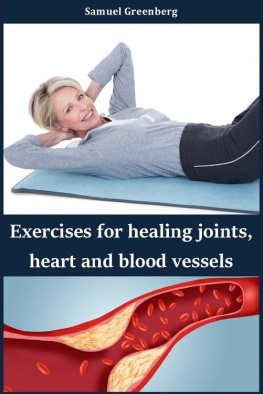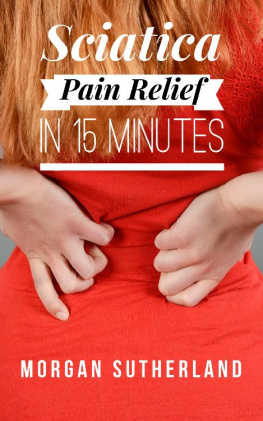
Copyright Notice
This report is copyrighted by Harvard University and is protected by U.S. and international copyright. All rights reserved.
Heres what you CAN do
Print out one copy and route this original to family.
You are permitted to have one copy of this publication on your computer at any time (you cant put it on a network unless you purchased a license to do so). If you have paid for more copies, then you may have that many copies on computers at any time.
Copy, on an occasional basis, a couple of pages to give to friends, family members, or colleagues.
We are registered with the Copyright Clearance Center (CCC). You can comply with the copyright laws by paying a royalty on copies you make of passages. But not even the CCC can authorize cover-to-cover photocopying or wholesale electronic forwarding.
If you want to distribute copies of this publication, either in print or electronic form, to others on a regular basis, ask us about bulk discounts or licensing opportunities. You may be able to negotiate an agreement, for a single fee, that would enable you to legally distribute photocopies or electronic copies to others.
Heres what you CANT do
(without prior permission)
Make or forward email copies of an entire publication. The law provides for a very limited amount of copying, commonly referred to as fair use. However, cover-to-cover photocopying is forbidden.
Electronic transmission of a copyrighted work is the legal equivalent of photocopying it (and so is posting it on the Internet or in an electronic database), and is therefore not allowed.
Routinely copy and distribute portions.
Republish or repackage the contents.
Some publishers must resort to lawsuits to protect their publications. Harvard Health Publications would like to eliminate the need for such suits by helping to educate customers. We hope this outline has helped explain what is legal and what is not.
For more information
Copyright Clearance Center (CCC)
Ph: 508-750-8400
www.copyright.com
Permissions Requests
Natalie Ramm, Harvard Health Publications
Ph: 617.432.2876
Licensing, Bulk, and Corporate Sales
Tonya Phillips, Belvoir Media Group
Ph: 203-857-3148
Harvard Health Publications
Harvard Medical School
10 Shattuck Street, 2nd Floor
Boston, MA 02115-6011
www.health.harvard.edu
THE JOINT PAIN RELIEF WORKOUT
SPECIAL HEALTH REPORT
Medical Editor
Edward M. Phillips, M.D.
Director, Outpatient Medical Services, Spaulding Rehabilitation Hospital
Assistant Professor, Department of Physical Medicine and Rehabilitation, Harvard Medical School
Director and Founder, Institute of Lifestyle Medicine
Personal Trainers
Josie Gardiner
Master Trainer and Fitness Consultant
Joy Prouty
Master Trainer and Fitness Consultant
Writer
Francesca Coltrera
Editor
Annmarie F. Dadoly
Editor, Special Health Reports
Kathleen Cahill Allison
Art Director
Heather Derocher
Production Editors
Mary Kenda Allen, Melissa Rico
Illustrator
Scott Leighton
Photographer
Michael Carroll
Published by Harvard Medical School
Anthony L. Komaroff, M.D., Editor in Chief
Edward Coburn, Publishing Director
Copyright 2012 by Harvard University. Written permission is required to reproduce, in any manner, in whole or in part, the material contained herein. Submit reprint requests in writing to:
Harvard Health Publications
10 Shattuck St., 2nd Floor, Boston, MA 02115
617-432-1485 Fax: 617-432-4719
Website
For the latest information and most up-to-date publication list, visit us online at www.health.harvard.edu .
Customer Service
For all subscription questions or problems (rates, subscribing, address changes, billing problems) call 877-649-9457, send an email to , or write to Harvard Health Publications, P.O. Box 9308, Big Sandy, TX 75755-9308.
Ordering Special Health Reports
Harvard Medical School publishes Special Health Reports on a wide range of topics. To order copies of this or other reports, please see the instructions at the back of this report, or go to our website: www.health.harvard.edu .
For bulk rates, corporate sales and licensing:
Belvoir Media Group, Attn: Harvard Health Publications
P.O. Box 5656, Norwalk, CT 06856-5656
email:
ISBN 978-1-61401-008-1
The goal of materials provided by Harvard Health Publications is to interpret medical information for the general reader. This report is not intended as a substitute for personal medical advice, which should be obtained directly from a physician.
Contents
 Receive HEALTHbeat, Harvard Health Publications
Receive HEALTHbeat, Harvard Health Publications
FREE email newsletter
Go to www.health.harvard.edu to subscribe to HEALTHbeat. This free, weekly email newsletter brings you health tips, advice, and information on a wide range of topics.
You can also join in discussion with experts from Harvard Health Publications and folks like you on a variety of health topics, medical news, and views by reading the Harvard Health Blog ( www.health.harvard.edu/blog ).
Dear Reader,
Joint pain throbs, aches, and hurts. Quite likely, it makes you think twice about everyday tasks and pleasures like going for a brisk walk, lifting your grandchild or some grocery bags, chasing a tennis ball across the court, or driving a golf ball down the fairway. Sharp reminders of your limitations arrive thick and fast, practically every time you move.
Very often, the culprits behind joint pain are osteoarthritis, old injuries, repetitive or overly forceful movements during sports or work, posture problems, aging, or inactivity. Ignoring the pain wont make it go away. Nor will avoiding all motions that spark discomfort. In fact, limiting your movements can weaken muscles, compounding joint trouble, and affect your posture, setting off a cascade of further problems. And while pain relievers and cold or hot packs may offer quick relief, fixes like these are merely temporary.
By contrast, the right set of exercises can be a long-lasting way to tame ankle, knee, hip, or shoulder pain. Practiced regularly, the workouts in this report might permit you to postponeor even avoidsurgery on a problem joint that has been worsening for years, by strengthening key supportive muscles and restoring flexibility. Over time, you may find limitations youve learned to work around will begin to ease. Tasks and opportunities for fun that youve weeded out of your repertoire by necessity may come back into reach, too.
Beyond the benefits to your joints, becoming more active can help you stay independent long into your later years. Regular activity is good for your heart and sharpens the mind. It nudges blood pressure down and morale up, eases stress, and shaves off unwanted pounds. Perhaps most importantly, it lessens your risk of dying prematurely. All of this can be achieved at a comfortable pace and very low cost in money or timein fact, this report will show you how to fold many activities into your daily routine.
Next page








 Receive HEALTHbeat, Harvard Health Publications
Receive HEALTHbeat, Harvard Health Publications